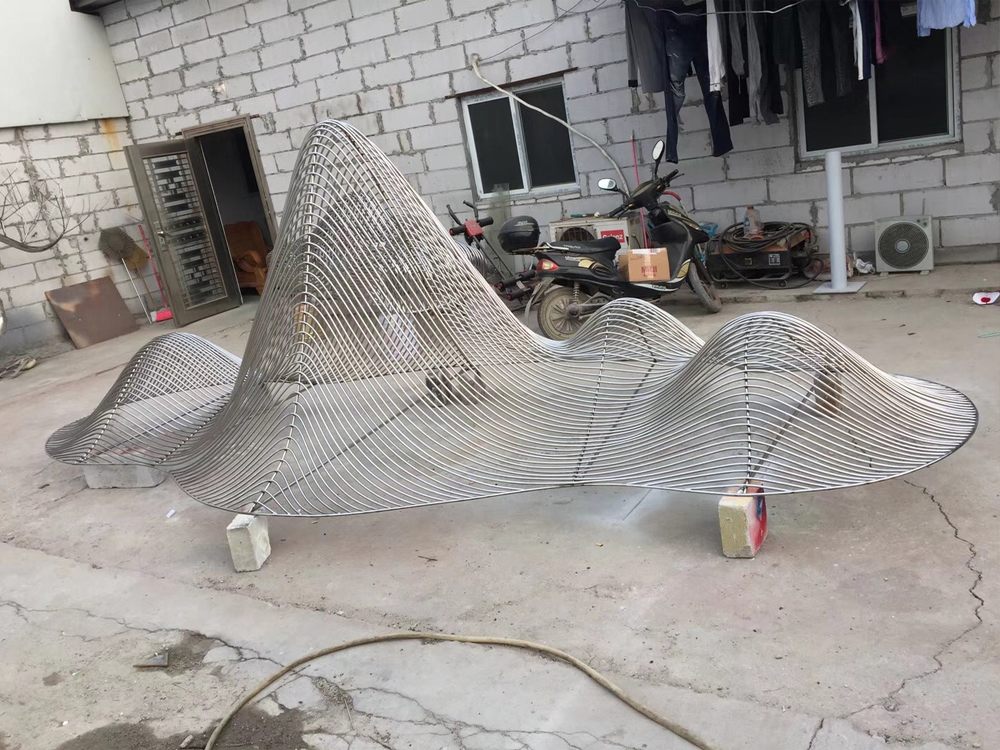
The metal sculpture market is divided into two primary categories: commissioned and speculative works. While both involve the creation of art, they differ significantly in terms of process, pricing, and artistic freedom.
Commissioned Metal Sculptures
Commissioned sculptures are created at the request of a client, who typically provides specific guidelines regarding size, style, and subject matter. Artists working on commissions often have less creative freedom but enjoy guaranteed payment upon completion. Pricing is usually negotiated upfront, factoring in materials, labor, and the artist’s reputation. These pieces are often destined for private collections, public spaces, or corporate installations.
Speculative Metal Sculptures
Speculative sculptures, on the other hand, are created without a buyer in mind. Artists have full creative control, allowing for experimental or personal expression. However, the financial risk lies with the artist, as the piece may not sell immediately—or at all. These works are often showcased in galleries, art fairs, or online platforms, where pricing is influenced by market trends and demand.
Key Differences
1. Creative Control: Commissioned works are client-driven, while speculative pieces prioritize the artist’s vision.
2. Financial Security: Commissions offer guaranteed income, whereas speculative art carries sales uncertainty.
3. Market Demand: Commissioned sculptures cater to specific buyers, while speculative works appeal to broader, often unpredictable audiences.
Understanding these distinctions helps artists and collectors navigate the metal sculpture market effectively, balancing artistic passion with financial practicality.

